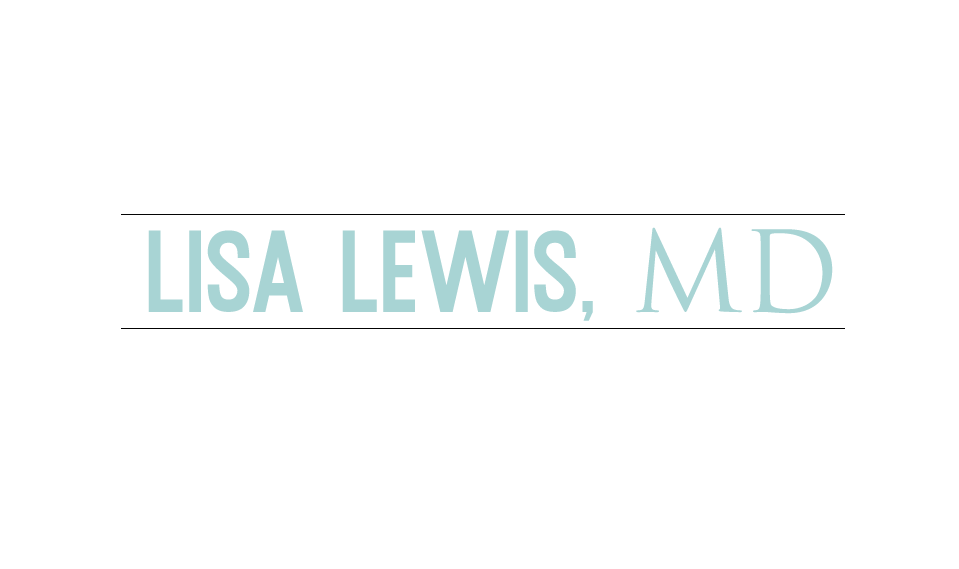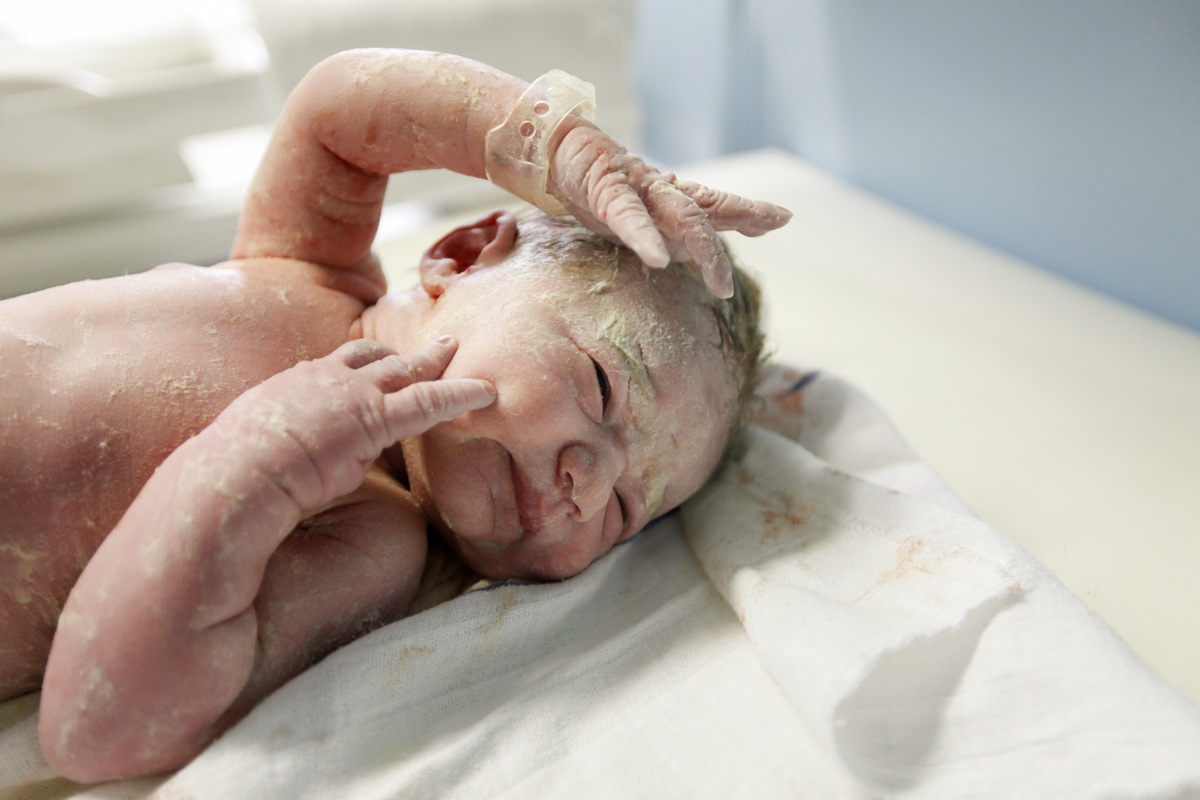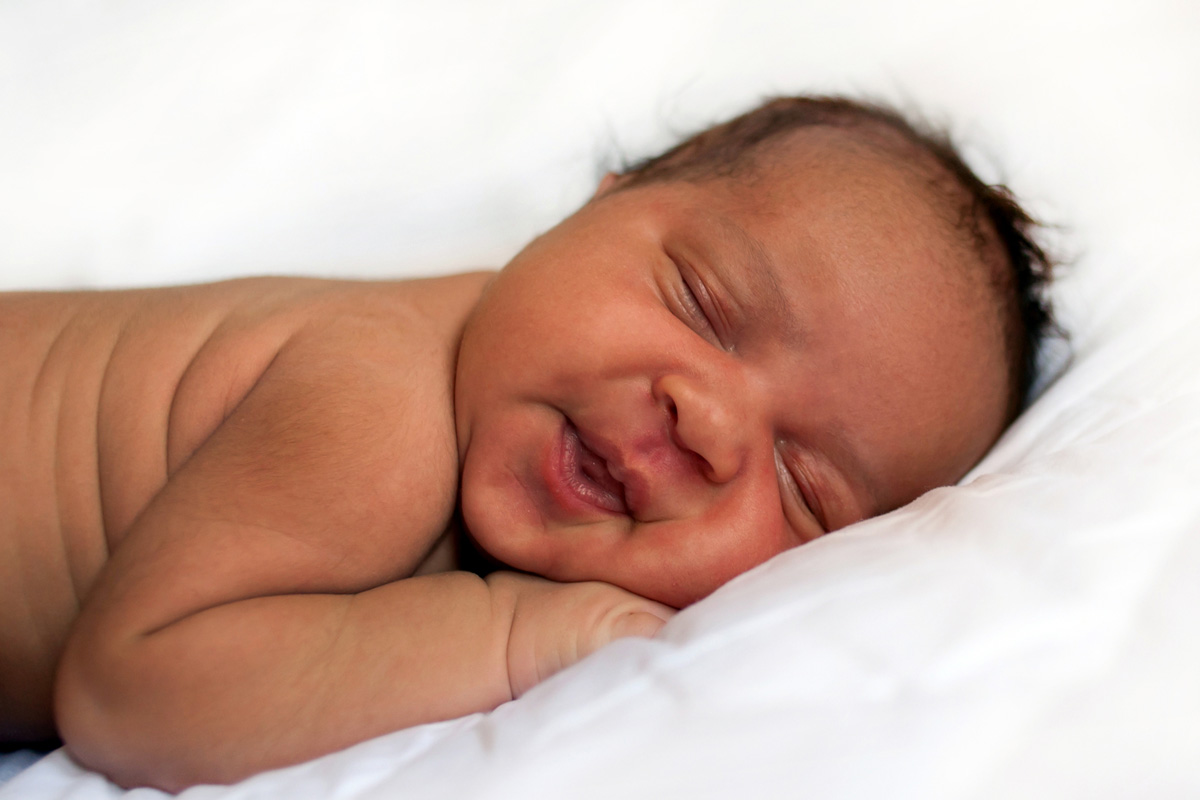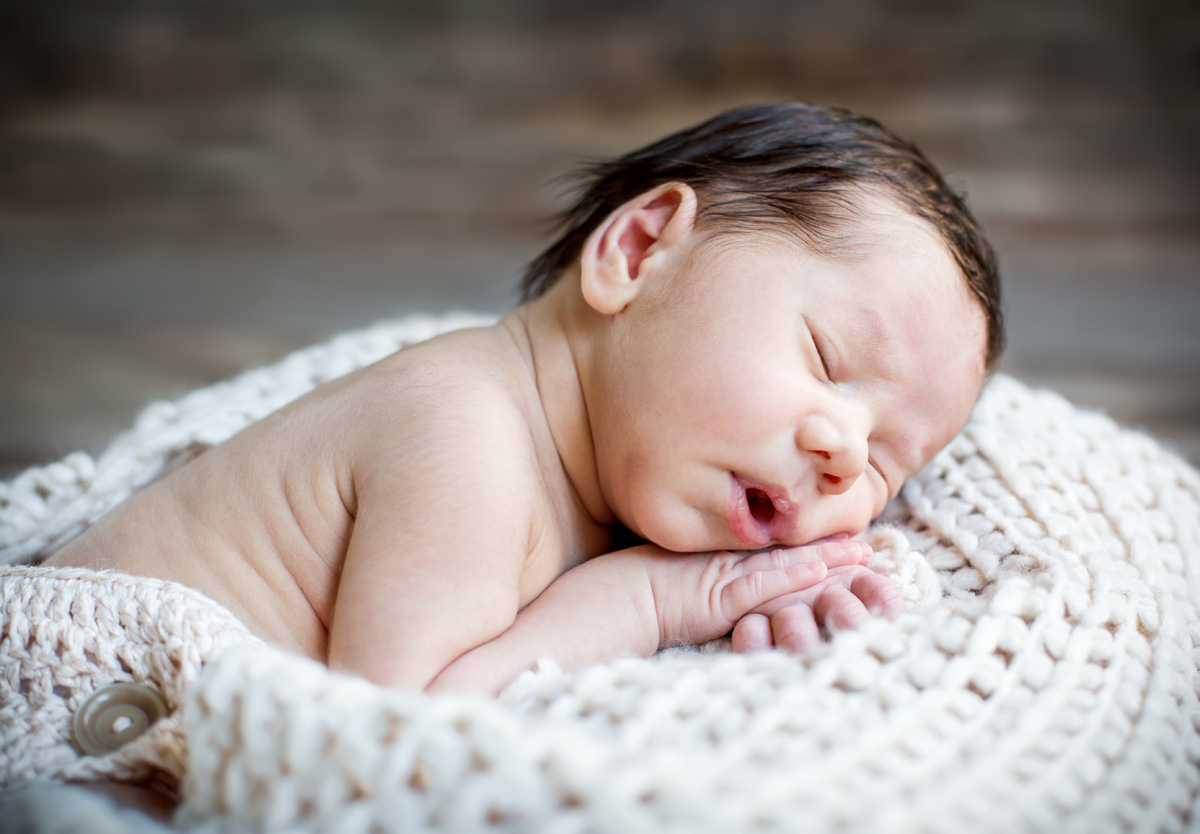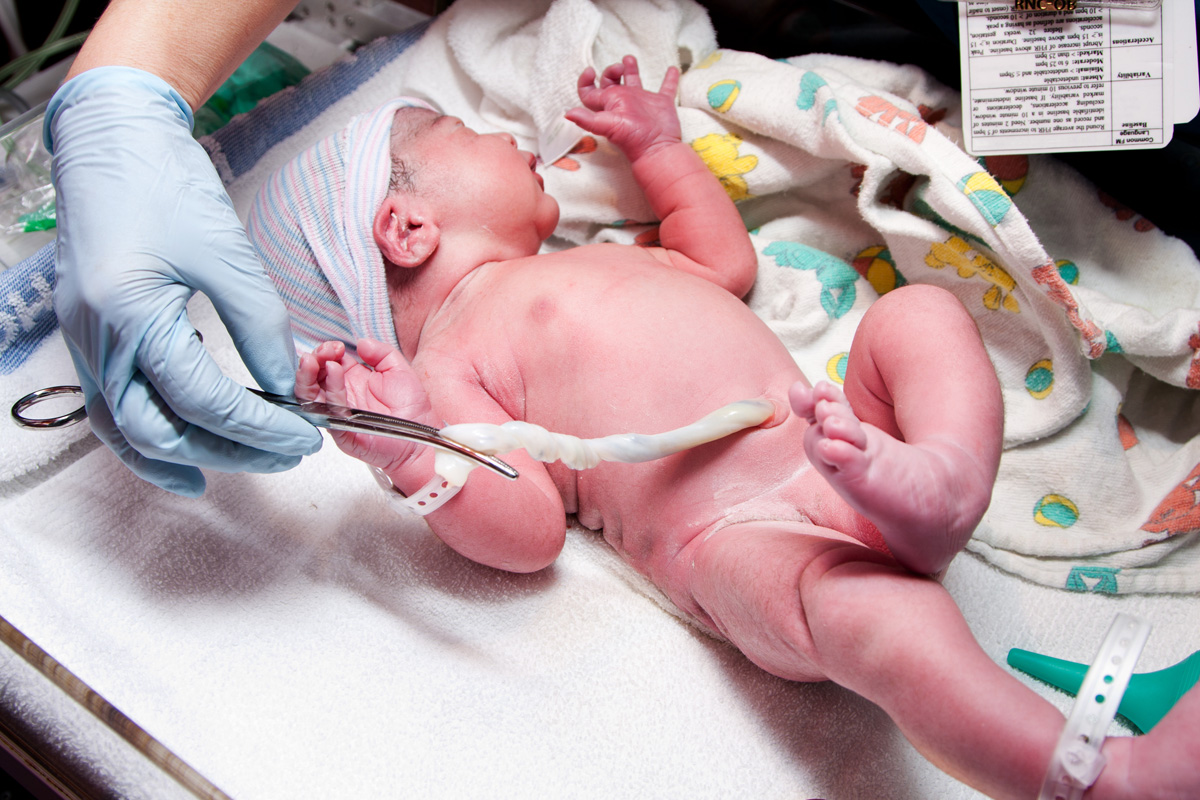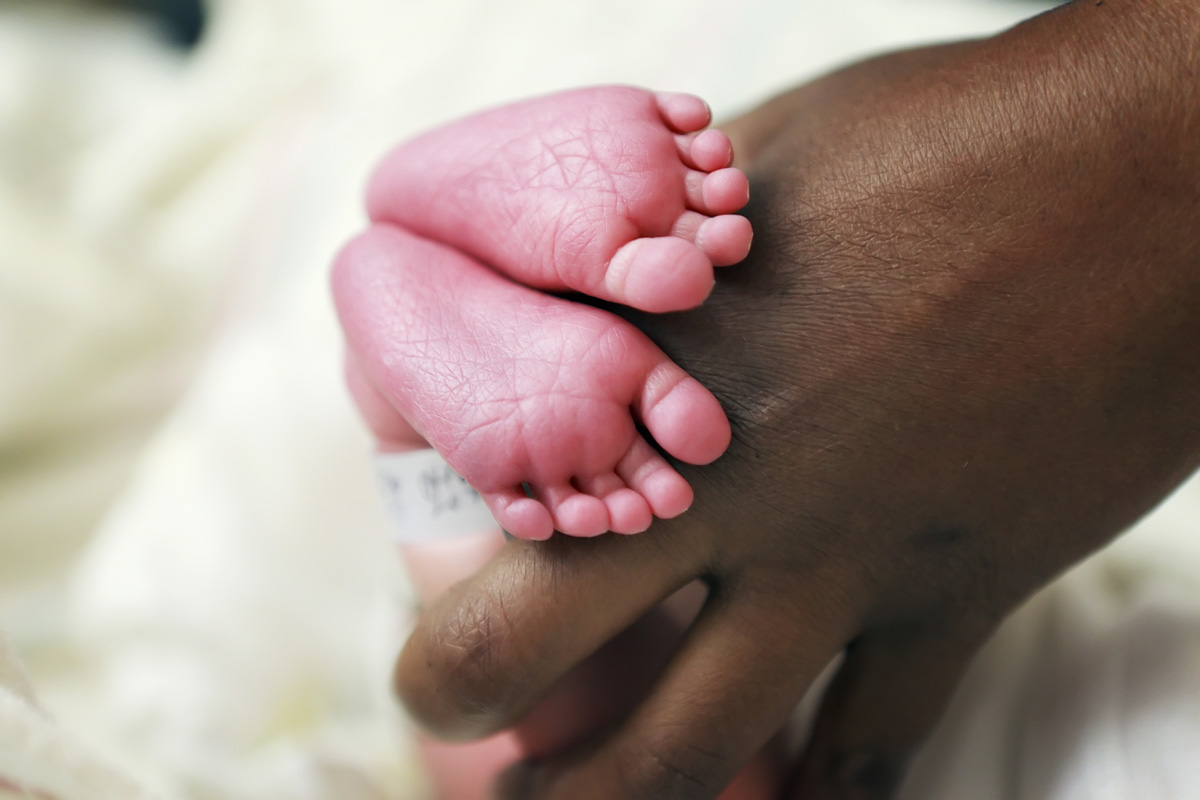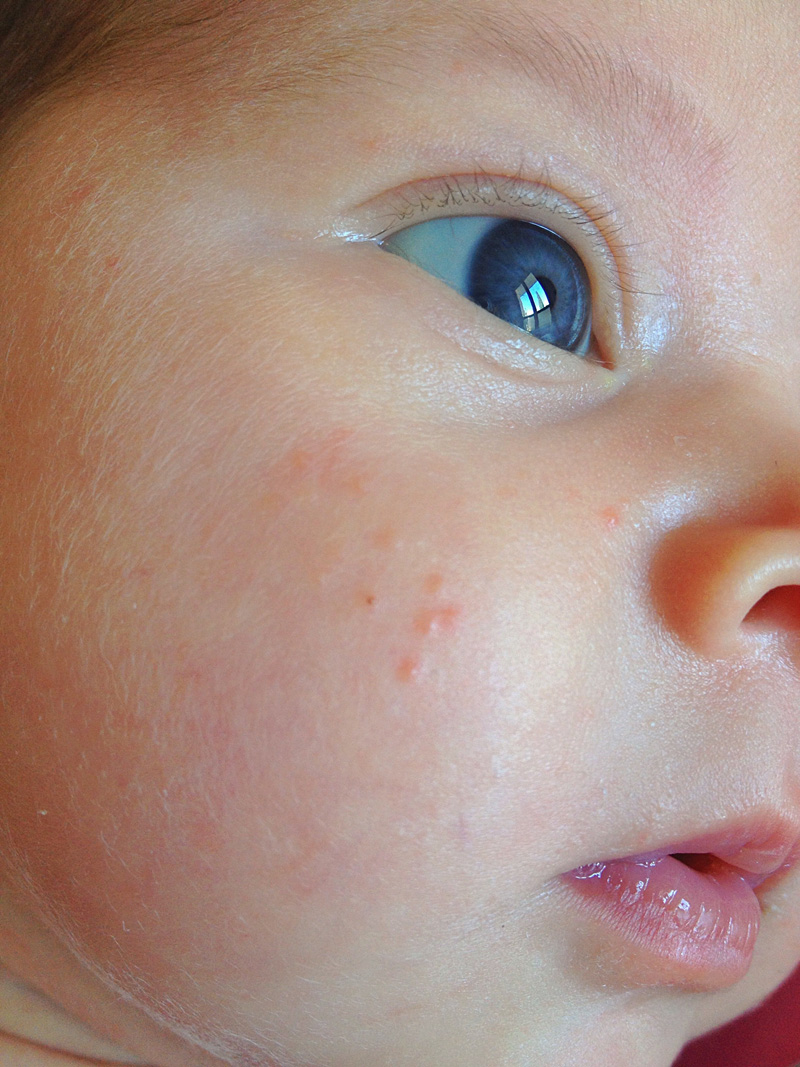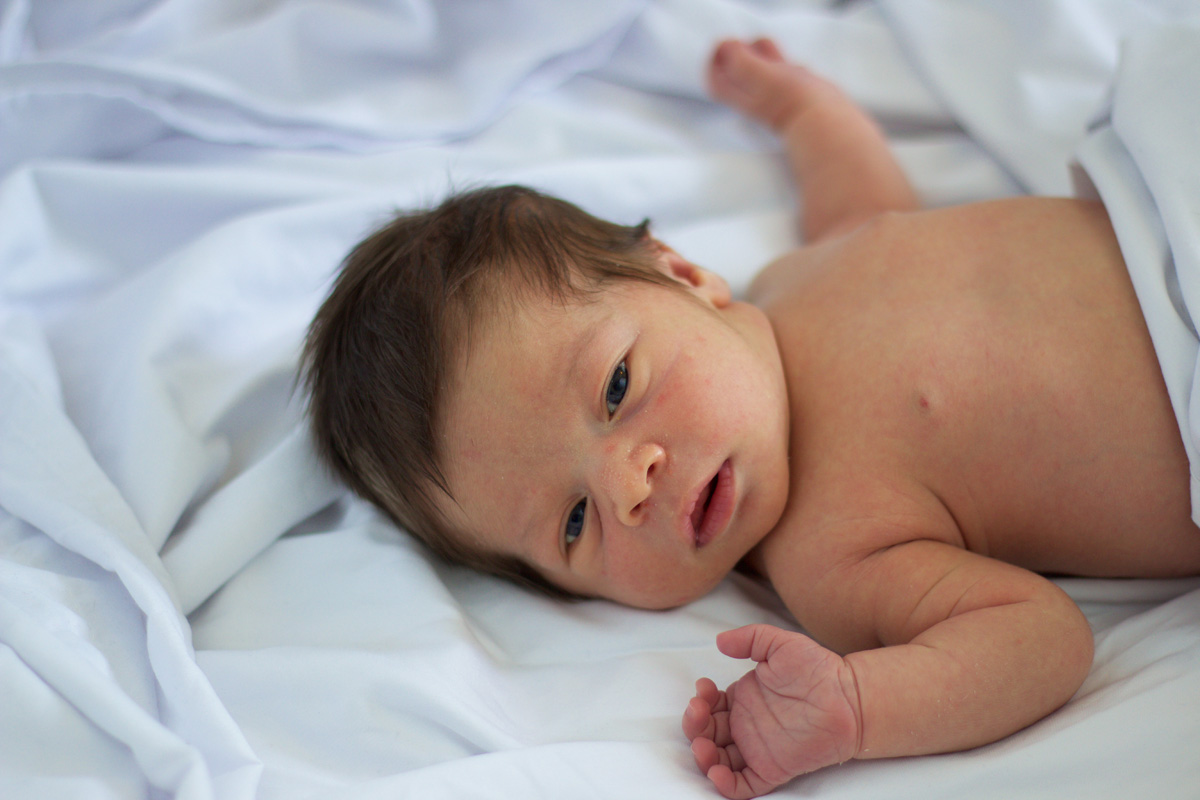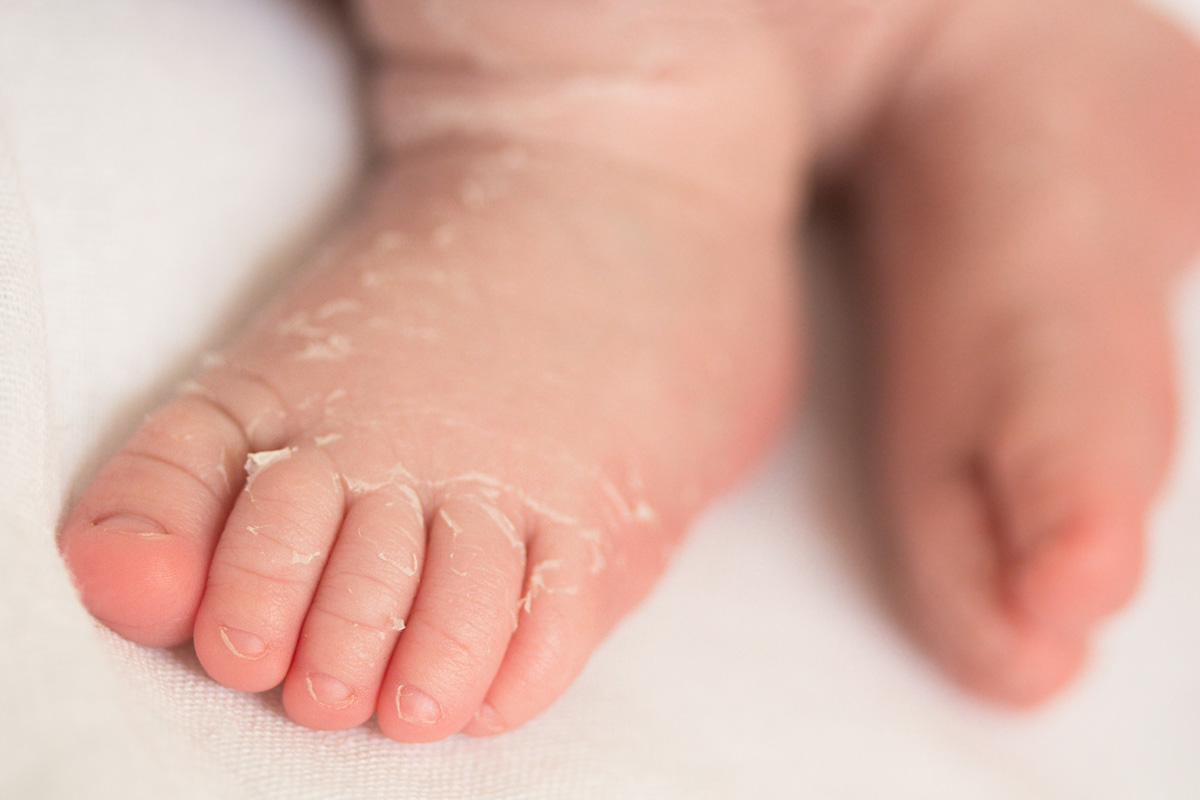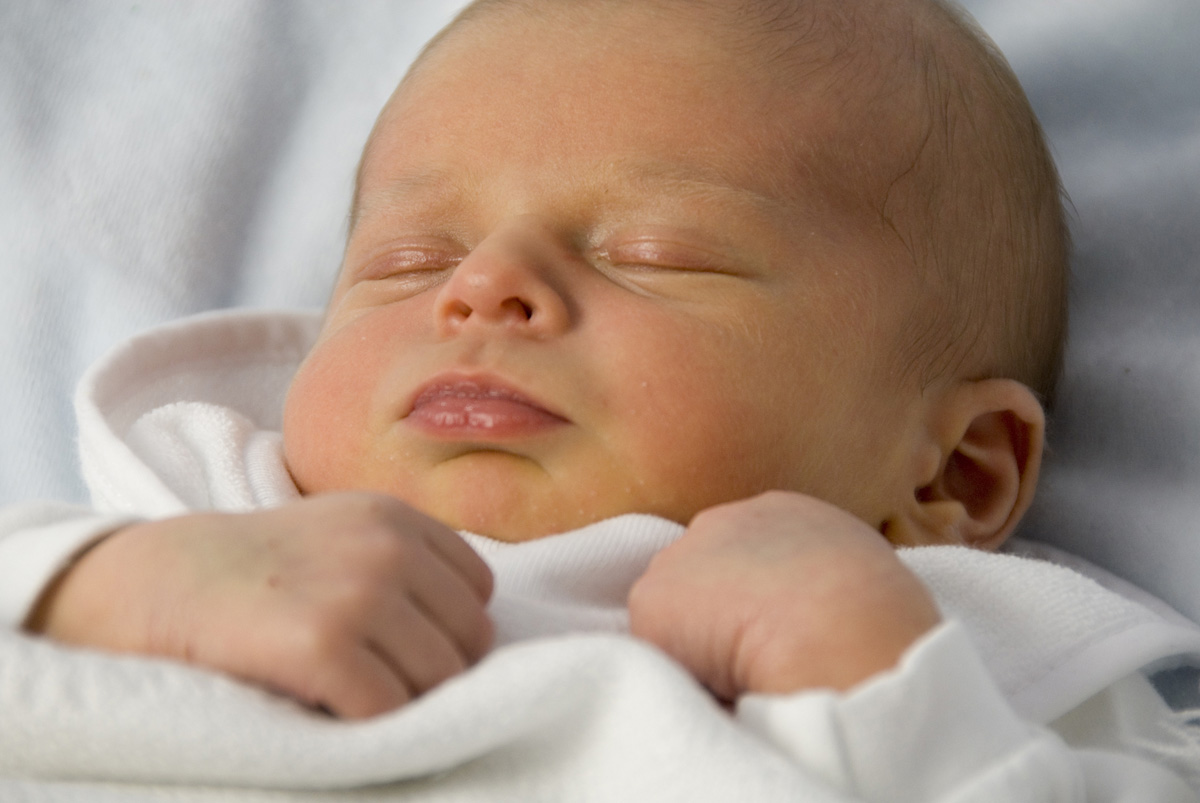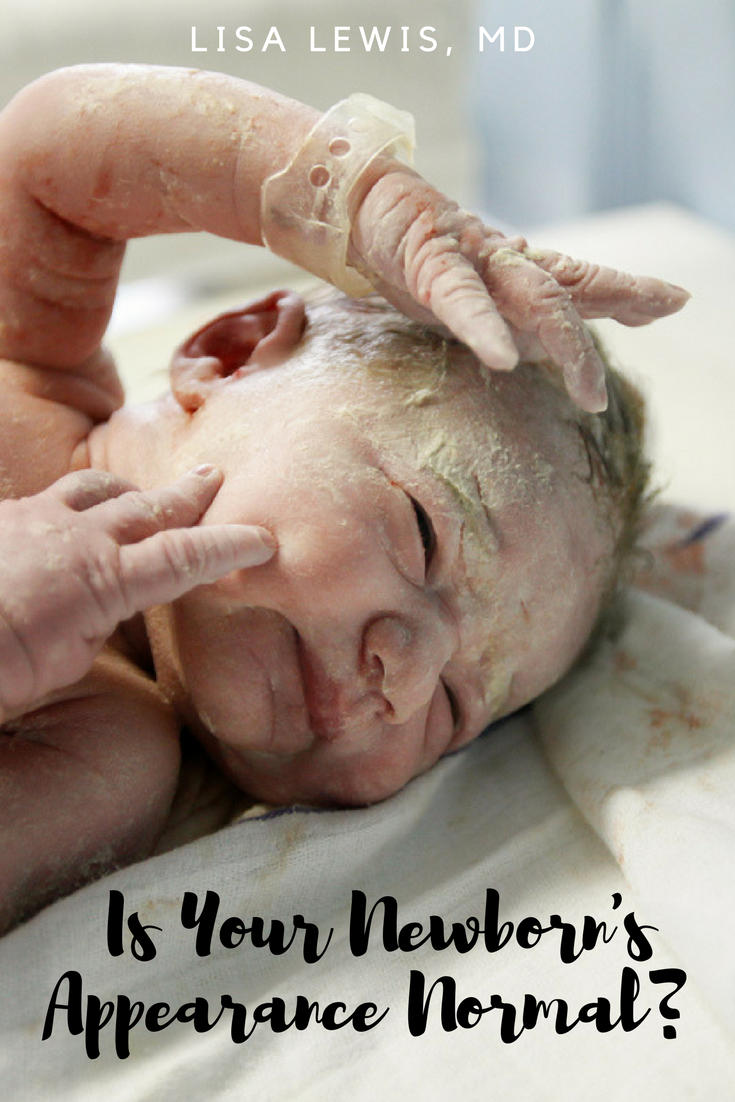Is Your Newborn’s Appearance Normal?
Do you have dreams of how your new baby will look and feel? Do you peruse magazines and online publications to find out exactly what to expect? It’s likely that your newborn’s appearance will be a complete surprise. Here are some things you may notice about your newborn.
Sticky, wet skin
Your baby has been surrounded by warm amniotic fluid in the womb. You may not notice the wetness, since he is quickly dried after removal from your womb to keep him warm. What’s left after he is dried is a white substance called vernix. Vernix is a delicate, protective covering with a cheese-like consistency—and it feels quite sticky. This thick covering does not have to be scrubbed off; most vernix will naturally dissolve after the first bath.
Lopsided head
The bones of the skull mold to help your baby fit through the birth canal. (If your she was born by caesarean section, the head is likely to be more round, since the birth canal squeeze didn’t happen.) You may also notice swelling of the head, redness, and even some bruising. The molding and skin color changes typically resolve a few days after birth.
Hairy body
The fine, pigmented, thin hair present on your baby’s body is called lanugo. Lanugo is present in all babies, but is more prominent in pre-term babies. Lanugo will take about a month to shed.
If you have a dark-headed baby, his hair may be dark on the back and around the face. Many babies with African, Latino, or Middle Eastern roots are born with dark hair on their arms, face, and back. The hair will shed after some time. Some children with very thick hair will keep their hair on the back for many years.
Purple or pink skin
Because she has not yet taken a breath, your baby’s skin initially emerges as purple or dark red. Once she cries and takes her first breath, she will look pink. Variations in room temperature and skin tones will create different shades of pink baby skin.
Dark hands and feet
This is a common question in the clinic, “Why are the hands or feet purple?” If you notice this darker color of the extremities, try repositioning them. You will see the color change and lighten. The cause is related to developing blood vessels. This color change of hands and feet will subside as he grows.
Note: If your baby’s hands, feet, and body look purple or blue, alert your doctor immediately. This could indicate a problem with not enough oxygen in the blood, which is a true medical emergency.
Acne before puberty
Newborns can get little pimples on the face in the first couple of weeks of life. Acne in babies is due to withdrawal from mom’s pregnancy hormones. Your baby’s acne is temporary and requires no treatment.
Swollen breasts
Just like with acne, swollen breasts are also a hormone withdrawal response. The area underneath the breast may feel firm and as large as the size of a lima bean!
Swollen breasts may occur in boys or girls and are not harmful. The swelling requires no treatment and will naturally resolve in time.
Peeling skin
Dry, peeling skin is common in newborns and is usually not a problem. Your baby was in warm amniotic fluid that nourished her body, and is now exposed to the dry air. Lotion is not necessary, but if you want to apply some, ensure it’s unscented. Many newborn nurseries use Eucerin Original Lotion or Aveeno Unscented Baby Lotion. Most unscented lotions will work, but if you have a brand not clearly labeled for babies, check with your doctor. Let your doctor know if the peeling is accompanied by a rash or blisters.
A word about jaundice (yellow skin after birth)
Many babies turn yellow within a few days of birth. This is called jaundice. Your baby’s liver is immature and his body is getting rid of old red blood cells which causes the yellowing skin.
If the jaundice is only on the face, then it is usually not a problem. If you notice jaundice worsening after discharge from the hospital, your baby should be checked by your doctor. Jaundice that is more pronounced or extensive may need treatment, either in the hospital or at home. Usually, jaundice begins to decline after the first week, and the yellow skin tone will gradually fade away.
For more information about caring for your baby, reference the above baby category and Healthy Children from the American Academy of Pediatrics.
